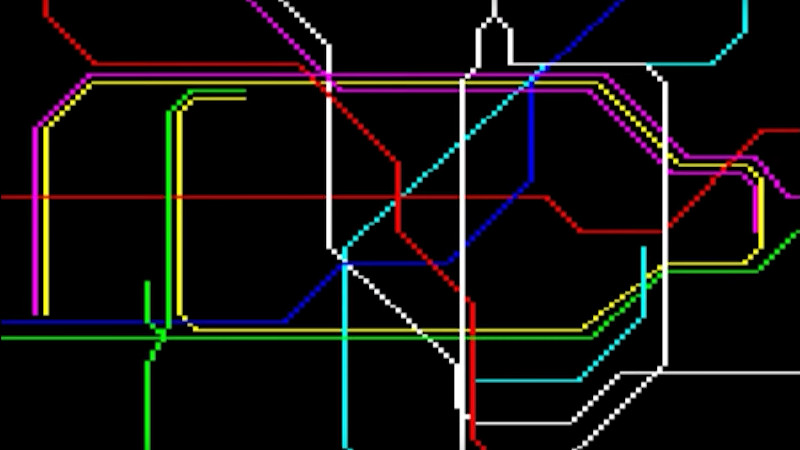There was a time when visitors to London would carry an A to Z map to navigate the city’s Undergound railway system, referring to the iconic London Transport map printed on its back as they did so. Now it’s likely they’ll do the same with their smartphones, with apps ranging from simple analogues of the printed version through to fully annotated route planners with up to the minute train information. Is this a new technology, something only possible in the last decade? Serial British rail YouTuber [Geoff Marshall] thinks otherwise, and has programmed a Tube map on a vintage BBC Micro.
We don’t expect anyone to heft a pile of vintage hardware onto the Central Line at rush hour even though in reality he’s running it on an emulator due to his real BBC Micro being kaput. Perhaps someone should drop him a line about capacitor replacement in that power supply. But it does provide an entertaining jaunt back into afternoons in a 1980s school computer lab, with MOVE, DRAW, and PLOT commands as he wrestles with the limited colour palette of MODE 2. The result only covers Tube Zone 1, or the very centre of London, so to visit London Hackspace you’ll have to remember to take the Bakerloo line northbound out to Zone 4 and disembark at Wembley Central.
Happily as you can see in the video below the break he enlists the help of a friend to run it on real hardware. He posted the code as a comment to the video but it’s really hard to find. Try this direct link and scroll down, it should be the first comment but you need to click “Read more” to unfold the code. We think the Tube Map would make a great test for any retrocomputer, so we look forward to this feat being repeated.
















The display coordinate range was actually 1280×1024, although the display resolution was much less than that. I would probably have used a bunch of DATA lines to store the points to be plotted, but anyway, nice project.
DATA statements don’t really have an equivalent in modern programming, having been replaced by data files since most machines have random access storage available.
They were however a good way of producing compact code as you could start reading at a defined point in the set of data lines, and interpret the data at that point into custom actions (move to, line, colour etc).
There’s always the ARRAY to abuse.
This is also a good exercise for someone learning graphics with modern languages. I’m thinking of doing one for my system, SEPTA, in Pennsylvania.
You beat me to it.
Don’t forget the Regional Rail lines.
Wake me when he does it in COBOL. No, just kidding, this is kind of cool.